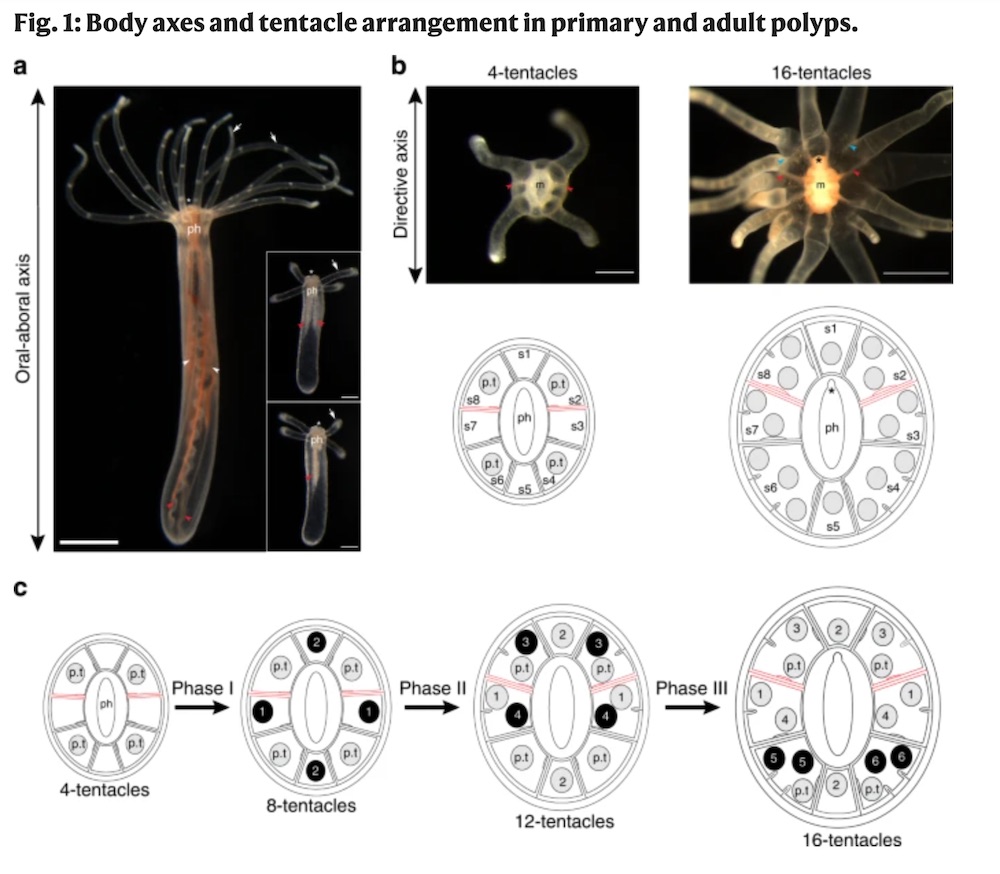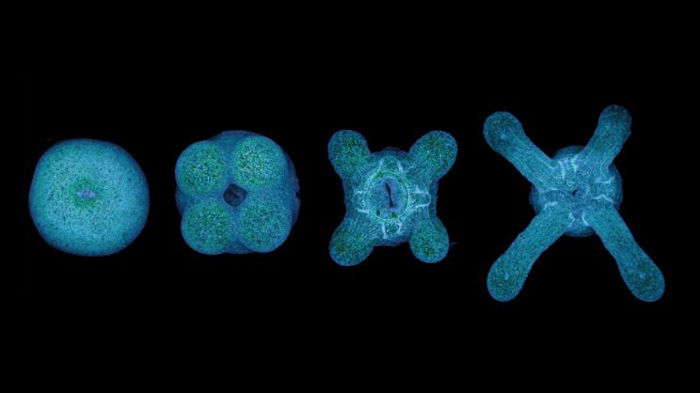The more they eat the more tentacles they grow, so get feeding your anemones today! Until now it’s been unclear what regulates the number of tentacles a sea anemone can grow.
Scientists from the Ikmi group at EMBL Heidelberg have shown that the number of tentacles on a sea anemones is determined by the amount of food consumed. “Controlling the number of tentacle arms by food intake makes the sea anemone behave more like a plant developing new branches than an animal growing a new limb,” explains group leader Aissam Ikmi.
The scientists have shown that the growth of new tentacles happens not only when the sea anemone is a juvenile, but also throughout adulthood. While the sea anemone uses different strategies to build tentacles in the different stages of its life, the final arms all look the same.

When Ikmi’s group studied the locations at which the new arms form, they found that muscle cells pre-mark the sites of new tentacles. These muscle cells change their gene expression in response to food. The same molecular signaling employed to build tentacles in sea anemones also exists in many other species — including humans.
While this finding is novel on its own, it also shows that sea anemones, which are traditionally used for evolutionary developmental studies, are well suited to study morphogenesis in the context of organism-environment interactions.
To build the branching map of new tentacles, researchers analysed more than 1000 sea anemones one by one. “Scoring such a massive number of tentacles is, in some ways, a story in itself,” says Mason McMullen, laughing. McMullen, a clinical pharmacist at the University of Kansas Health System, spent months imaging sea anemones’ heads to score their tentacle number and location.
Knowing that the number of tentacles in sea anemones is determined by their food intake, the group plans to define the key nutrients critical to this process. Ikmi and his group also want to further investigate the unconventional role of muscles in defining the sites where new tentacles form. “We’re currently investigating this novel property of muscle cells and are eager to find out the mystery behind them,” he concludes.



